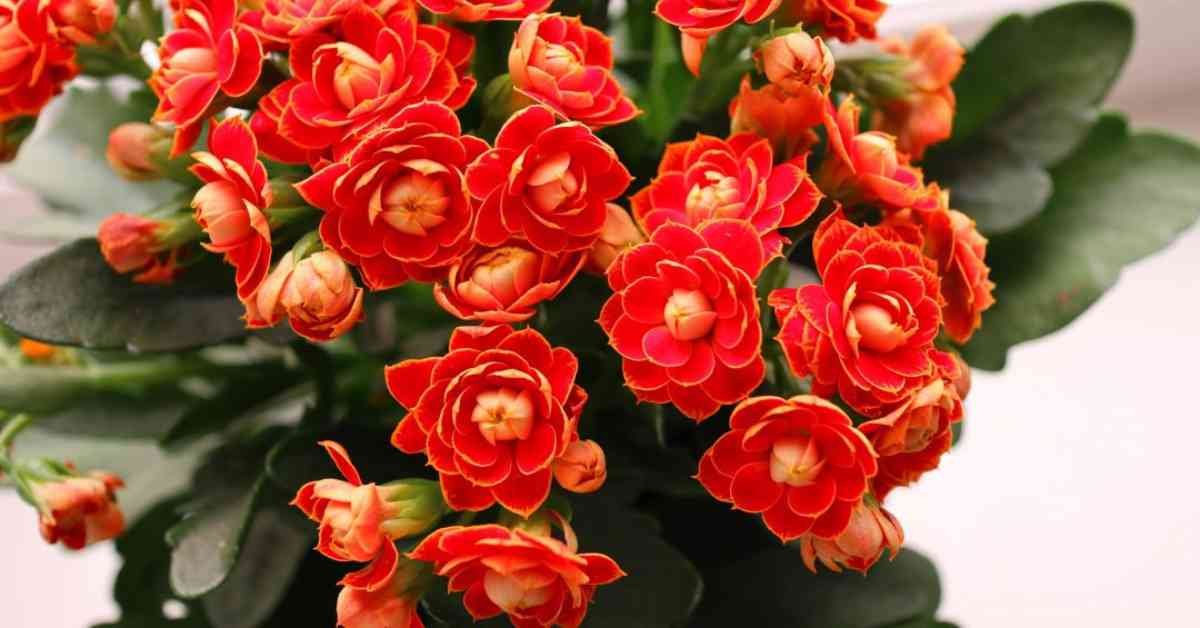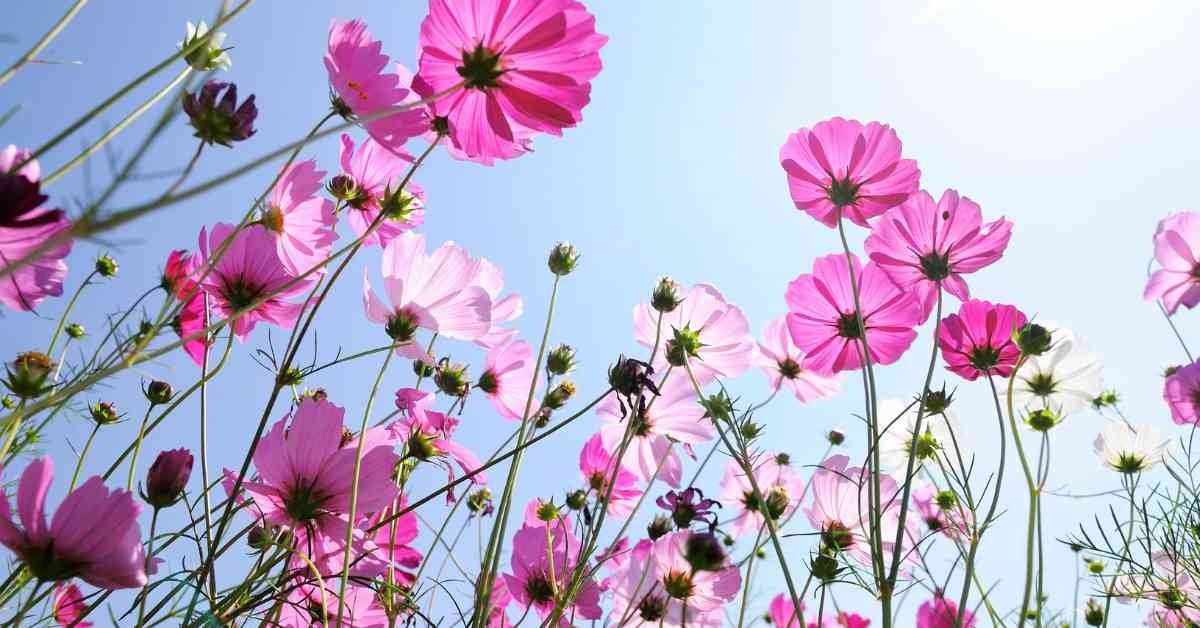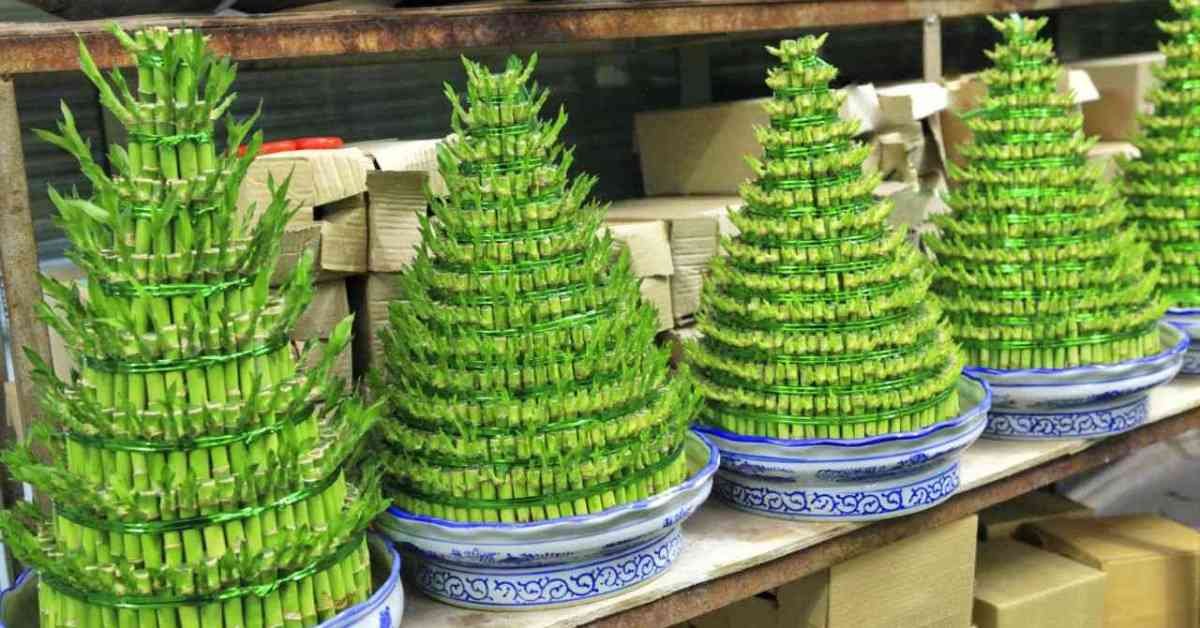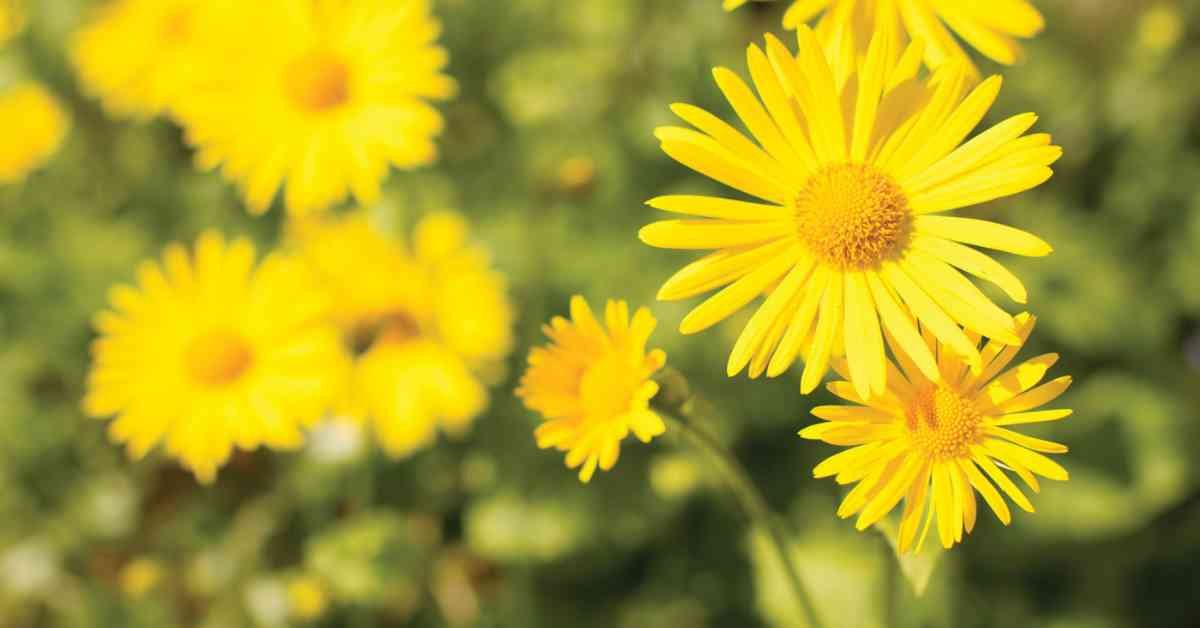Kalanchoe, known for its vibrant blooms and easy care, is a popular choice among both novice and experienced gardeners. This succulent genus offers a variety of species, each with unique characteristics that make them suitable for indoor and outdoor cultivation. In this comprehensive guide, we will explore everything you need to know about Kalanchoe, from its origins and botanical features to cultivation tips, common varieties, and practical uses.
Introduction to Kalanchoe
Kalanchoe is a genus of flowering plants in the Crassulaceae family, native to Madagascar and tropical Africa. It comprises over 200 species, ranging from small, compact plants to larger, bushier varieties. These plants are known for their thick, succulent leaves and clusters of colorful flowers, which bloom in a range of hues including red, pink, orange, yellow, and white.
Botanical Features of Kalanchoe
- Leaves: The leaves of Kalanchoe are fleshy and often have scalloped or toothed edges. They store water, allowing the plant to survive in dry conditions.
- Flowers: Kalanchoe produces small, bell-shaped flowers that grow in clusters or panicles. The flowers are long-lasting and add a splash of color to any space.
- Growth Habit: Depending on the species, Kalanchoe can be low-growing and compact or tall and branching. Some varieties trail elegantly from hanging baskets.
Cultivation and Care Tips
Growing Kalanchoe is relatively straightforward, making it an excellent choice for beginners and seasoned gardeners alike. Here are essential care tips:
- Light: Kalanchoe thrives in bright, indirect light. It can tolerate some direct sunlight, especially in cooler climates, but intense sunlight may scorch the leaves.
- Watering: Allow the soil to dry out between waterings. Overwatering can lead to root rot, so it’s crucial to use well-draining soil and pots with drainage holes.
- Temperature: Kalanchoe prefers temperatures between 60°F to 85°F (15°C to 29°C). It is sensitive to cold drafts and frost, so protect it during winter months.
- Fertilization: Feed Kalanchoe with a balanced, water-soluble fertilizer during the growing season (spring and summer). Reduce feeding in fall and winter when growth slows down.
Common Varieties of Kalanchoe
- Kalanchoe blossfeldiana: Known for its prolific blooms in shades of red, orange, yellow, and pink. It is one of the most popular indoor varieties.
- Kalanchoe thyrsiflora: Also called “Paddle Plant” or “Flapjacks,” known for its paddle-shaped leaves that turn vibrant red at the edges in full sun.
- Kalanchoe tomentosa: Commonly known as “Panda Plant” due to its fuzzy, silvery-green leaves with brown spots, resembling a panda’s coat.
- Kalanchoe pumila: A low-growing variety with dense clusters of tiny leaves, ideal for rock gardens or as ground cover.
Practical Uses of Kalanchoe
Beyond their ornamental value, Kalanchoe plants have practical uses:
- Medicinal Purposes: Some species, like Kalanchoe pinnata, have traditional medicinal uses in treating ailments such as wounds, inflammation, and infections.
- Air Purification: Like other succulents, Kalanchoe helps improve indoor air quality by absorbing toxins and releasing oxygen.
- Decorative and Gifts: Kalanchoe’s vibrant blooms make it a popular choice for gifts and decorations during holidays and special occasions.
Conclusion
In conclusion, Kalanchoe is a versatile and attractive addition to any indoor or outdoor garden. With its easy care requirements, beautiful blooms, and potential health benefits, it appeals to both plant enthusiasts and those new to gardening. Whether you’re looking to brighten up a sunny window sill, create a drought-tolerant landscape, or explore natural remedies, Kalanchoe offers something for everyone.
Explore the diverse world of Kalanchoe plants today and discover why they continue to be cherished by gardeners worldwide. Happy gardening!
3.5





